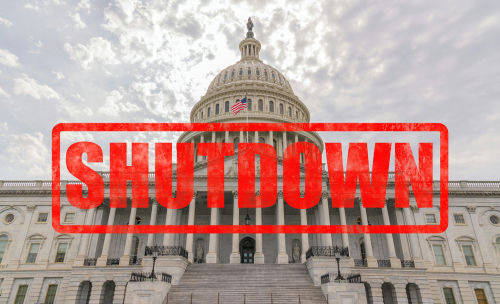Federal agents flood D.C. streets for a week-long crackdown as the White House vows swift jailing of criminals and orders homeless encampments cleared “far from the Capitol.”
What the Federal Surge Means on the Ground
Federal law enforcement expanded its day-to-day role across Washington, D.C. for a week-long operation focused on street crime and visible disorder under President Trump’s “D.C. Safe and Beautiful” executive order. The White House framed the surge as necessary to “end” crime in the nation’s capital while accelerating cleanup and public-space renovation. FBI leadership assigned roughly 120 agents to overnight support with the Metropolitan Police Department, prioritizing carjackings and related violent offenses during the deployment.
The operation follows a March directive that created a federal task force and coincided with increases in nonviolent arrests. Federal and local teams now coordinate citywide, with a visible presence in commercial corridors and high-incident areas. The administration previewed additional measures and communications designed to reinforce deterrence, emphasizing quick jailings for offenders. The surge aims to show immediate action and deliver a measurable reduction in violent street crime during the overnight hours when carjackings often spike.
Homeless Encampments, Relocations, and Legal Friction
Presidential statements ordered homeless individuals to “move out,” promising relocation “far from the Capital,” alongside intensified enforcement. The blend of policing and public-space management raises practical and legal questions, including due process during encampment clearances, service capacity for rapid moves, and compliance with court precedents governing sweeps. Service providers anticipate strain as placements accelerate, while residents and businesses weigh short-term order gains against potential civil liberties challenges and long-term outcomes.
Axios reporting highlights a tension: the administration characterizes D.C. as “totally out of control” while local trendlines show overall crime declining. That divergence shapes the political narrative surrounding the surge. Supporters argue that concentrated federal resources can swiftly target high-harm offenses like carjackings and restore street-level order. Skeptics question proportionality and permanence, warning that a visible but temporary surge may not address root causes or could lead to litigation over displacement and enforcement tactics.
Why D.C. Is Different—and What Precedent This Sets
Because Washington, D.C. is a federal district, the executive branch wields unusual latitude to direct federal agencies in ways that would be atypical inside states. That structure enables a rapid, multi-agency posture for routine crime control that is rare elsewhere. This week-long deployment, tied directly to a presidential order and public directives, could normalize deeper federal involvement in municipal policing within the District, influencing future debates over D.C. autonomy, home rule, and the balance between safety, cleanliness, and civil rights.
Short term, residents can expect a heavier federal presence, more arrests tied to priority offenses, and accelerated encampment clearances or relocations. Long term, the effort may set a template for federal-local coordination and rapid deployments when national leaders deem conditions unacceptable in the capital. Results will hinge on whether carjackings and violent street crime materially fall, how humanely and lawfully relocations proceed, and whether the administration aligns enforcement intensity with transparent data and sustained community safety outcomes.
Sources:
Click this link for the original source of this article.
Author: Editorial Team
This content is courtesy of, and owned and copyrighted by, https://www.conservativecardinal.com and its author. This content is made available by use of the public RSS feed offered by the host site and is used for educational purposes only. If you are the author or represent the host site and would like this content removed now and in the future, please contact USSANews.com using the email address in the Contact page found in the website menu.








